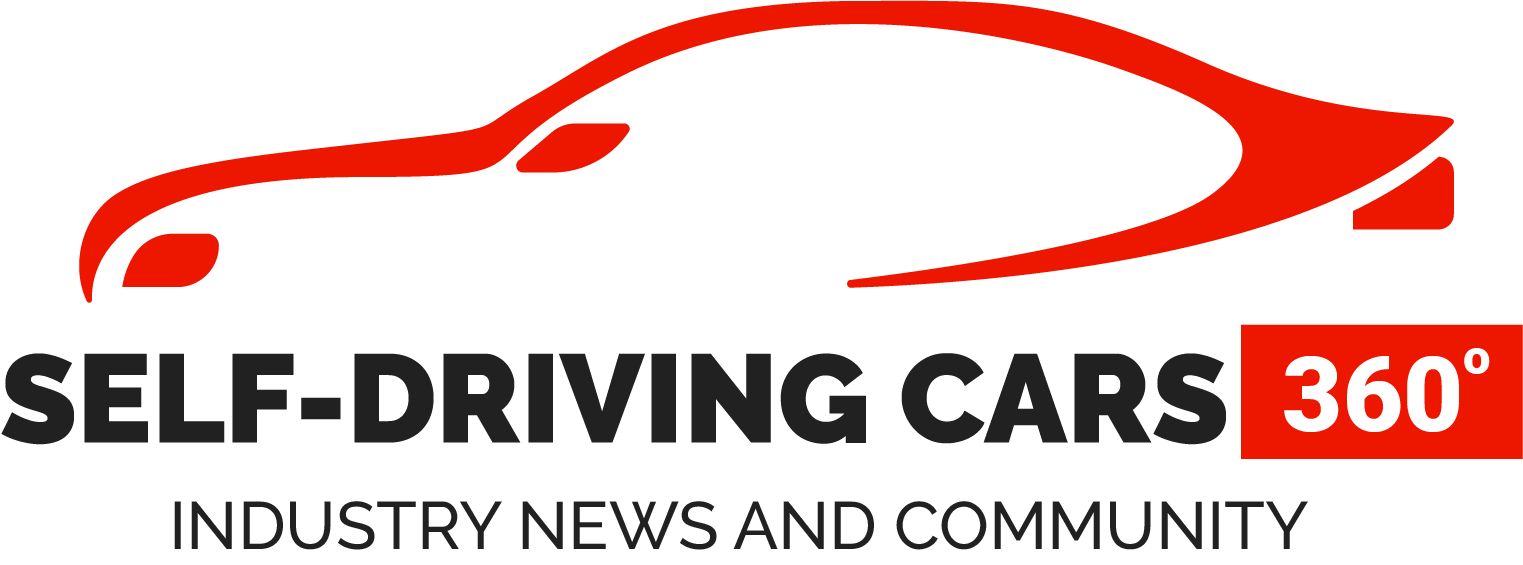Waymo’s lineup of autonomous vehicles. | Credit: Waymo
2020 was supposed to be the year of self-driving cars. That’s what General Motors, Honda, Toyota, Waymo and many others preached several years ago, anyway. But as 2020 begins to wind down, it turns out developing autonomous vehicles that are safe and reliable is much harder than anyone thought.
Many experts now believe automation could come to long-haul truckings first. Long-hauls trucks deal mainly with highways, which reduces the complexity of the autonomous vehicle system. Also, many self-driving car companies have zero revenue and high operating costs.
The hype surrounding self-driving cars is slowing. And a market correction is in progress, although the valuations of self-driving car companies are still very high. Eighteen months ago, Waymo was valued at nearly $200 billion. It recently was re-evaluated at $30 billion. It lost $170 billion in market cap in less than two years. Waymo recently raised $3 billion, its first outside investment round, reportedly saying outside investors will help it be more disciplined.
Pittsburgh-based Argo AI was recently valued at $7.5 billion. This was three-plus years after a $1 billion investment from Ford. And in May 2019, rival Cruise raised $1.15 billion from Softbank at a $19 billion valuation.
So how did the autonomous vehicle hype cycle start? According to Oliver Mitchell, venture partner at ff Venture Capital, it’s all due to Detroit’s fear of being taken over by Silicon Valley tech companies.
“There was this big fear that Google was going to eat GM’s lunch,” Mitchell recently said on The Robot Report Podcast. “We need to acquire external R&D [to stay competitive]. OK, a billion dollars, that’s a lot of money, but it won’t break us.
“So they did these acquisitions. When GM did it, Ford [then] did it, and other car companies did it. Tier-1 automotive suppliers were like ‘well [our competitors] are buying technology, are we going to be in business? So Tier-1s start acquiring [companies building autonomous vehicles]. That’s what really drove this.”
Of course, GM acquired Cruise in 2016 for upwards of $1 billion, and then the domino effect happened. In 2017, Intel paid $15 billion for Mobileye and Ford announced a $1 billion investment into Argo.
To hear our full discussion about the self-driving car bubble, and whether one will soon hit autonomous trucking, listen to The Robot Report Podcast episode with Mitchell atop the page. Fast forward to the 21 minute mark for this discussion.
Source: www.therobotreport.com




GIPHY App Key not set. Please check settings